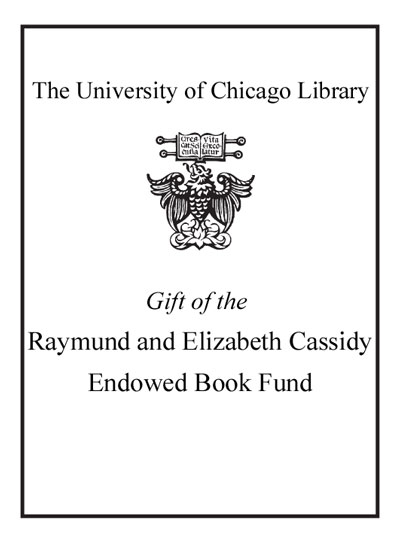| Summary: | This book is the first book dedicated to the artist in more depthʺ, according to its author, Bené Fonteles. In the year of his birth centenary, the edition rescues Rubem Valentimœs work from the perspective of his spirituality. Rubem Valentim is an essential artist for a better understanding of the Afro-Brazilian tradition; and Bené Fonteles is his principal scholar and interlocutor for his spiritual connection. At the artist's request, Bené becomes an Ogã (word that comes from Yoruba and means "Lord of my house") of the territory of Valentim: He who takes care of his life and, consequently, of his workʺ. Valentine wanted this sacred connection in complementation with his aesthetics. In 1963, Valentine went to live in Europe, precisely in Rome, where he met Giulio Carlo Argan (1909-1992), the great theorist of modern art. At the time, the Museum of Modern Art of Rome was being created, in which Valentine had three works acquired by the new institution. Upon returning to Brazil, he began a series of works, transforming his paintings into reliefs. Author Bené Fonteles met Valentim in 1977, both participating in the XIV Bienal de São Paulo. Valentine exhibited the "Temple of Oxalá", an installation consisting of a blue background panel with white reliefs and movable sculptures in white painted wood, from symbolic elements of popular culture and afro semiotics of Candomblé. Without a doubt, his most emblematic work belonging to the collection of the Museum of Modern Art of Bahia. In 1978, Bené moved to Brasilia and, thus, was able to participate in the most remarkable moments of his career, becoming his intellectual heir. According to the author, "the artist's house was a sacred place. Its architecture was shaped like a cross. Its interior resembled a monastery. He lived a monastic life, from his food to his resting form. His room was a cell, of extreme simplicity. He had a life totally devoted to the spiritual. His books were basically spiritual and philosophical, in which the artist created the foundations for his production.".
|
|---|

